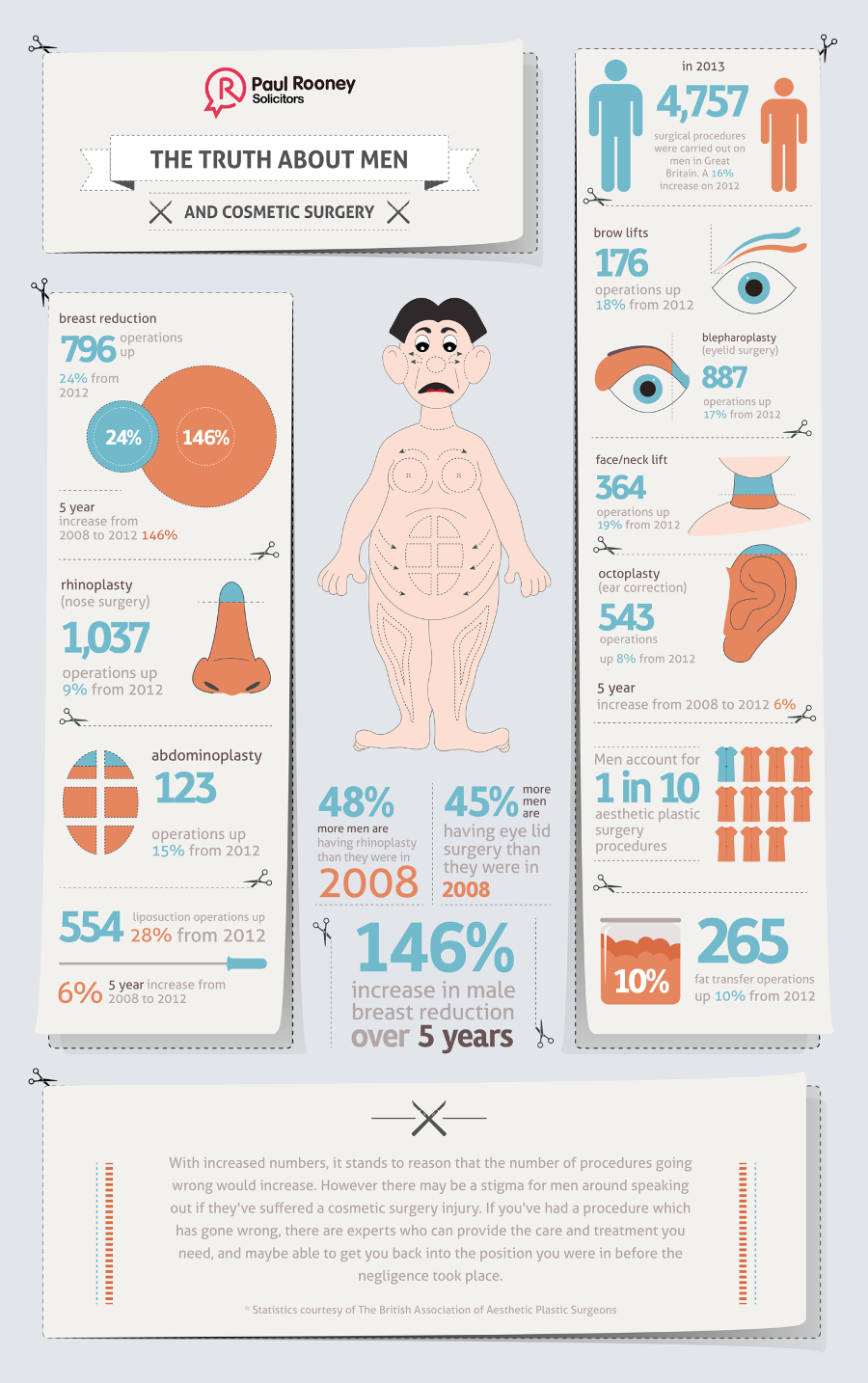The Role Of Collagen Loss In Acne
The Role Of Collagen Loss In Acne
Blog Article
Pros and Cons of Laser Resurfacing
In the hands of a qualified professional, laser resurfacing is a risk-free and reliable method to deal with scarring, wrinkles, sun damage, and various other flaws. Choose an expert based upon their experience, training and qualifications as opposed to just the price or brand name of laser platform.
Nevertheless, it is very important to recognize the benefits and drawbacks of this aesthetic treatment.
Price
Laser resurfacing can help diminish the appearance of age spots and sun damage, leaving the skin with a more even texture. It can also be used to treat scars and enlarged oil glands on the nose.
The price of laser resurfacing varies widely, relying on the type of therapy and the area. People need to constantly request for a thorough failure of the prices prior to accepting the treatment. Furthermore, lots of insurance coverage suppliers do not cover the treatment, however some might if it is considered medically necessary. Moreover, funding alternatives are readily available via facilities and clinical charge card such as CareCredit. These options can ease the burden of upfront expenditures, yet individuals must very carefully evaluate the repayment terms before picking a strategy.
Generally, laser resurfacing provides better results than chemical peels and dermabrasion. Nonetheless, it can not change a renovation or neck lift. Additionally, it is not an effective treatment for loosened skin, which needs surgical treatment to tighten.
Downtime
Although laser skin resurfacing can be an effective therapy for creases, acne scarring, and other skin blemishes, it calls for considerable downtime. However, the recuperation procedure is normally short and relatively pain-free. The downtime is needed since the laser breaks apart skin cells and boosts brand-new growth. This results in smoother, tighter, and extra younger looking skin.
There are a number of laser resurfacing therapies offered, and the best one for your particular demands will depend on the sort of skin issue you want to address. A certified skincare professional will certainly be able to determine the sort of laser that would certainly work best for you.
If you pick a nonablative laser, you can expect little or no downtime. You may experience soreness and swelling for a few days, but this can be lessened by applying hydrating lotion liberally and taking advil as needed. It is also vital to prevent unprotected sunlight exposure following a laser therapy.
Side effects
The success of laser resurfacing relies on a number of factors, consisting of a well-informed and enlightened client, a skilled medical professional and a suitable postoperative recuperation program. Serious difficulties can happen.
Regular moderate side effects of laser skin resurfacing are soreness, itching and crusting. You may additionally experience mild wounding and abrasions. If you have herpes simplex virus (HSV) and obtain a cold sore episode in the treatment location, your physician might recommend antiviral drug before and after your therapy session.
Akhavan likens the recovery process to that of a paper cut, stating that it takes about a week for the injury to close and for the cells to begin generating new cells. He recommends his people to prevent rough cleansers during recuperation and instead utilize a gentle, fragrance-free cleanser or delicate skin formula. He additionally cautions them to put on sunscreen and lessen sun direct exposure. He recommends that clients obtain their treatments on a timetable so that they're not disrupted by a trip or other occasion.
Safety
Laser resurfacing is an extremely safe procedure in the hands of an experienced and well-informed supplier. However, in the hands of an unskilled person or a specialist making use of a sub-par laser platform, it can be excruciating and harmful.
Throughout laser treatment, the care group cleans the area and applies a numbing lotion. Then, the laser releases short, high-intensity skin rejuvenation treatments beams that destroy damaged external layers of skin. The laser also heats underlying skin, promoting collagen development to improve structure and suppleness.
The procedure can decrease great lines, age spots and uneven skin tone in most individuals. It can not treat deep marks and drooping skin, however.
The most typical negative effects of laser resurfacing include redness and swelling (erythema). Various other possible problems consist of hypopigmentation, skin eruptions and dermatitis, and herpes simplex or genital herpes break outs. Preventative measures for herpes simplex include antiviral medicine, such as valacyclovir or acyclovir, beginning two days before therapy and proceeding until 7 to 10 days after therapy.